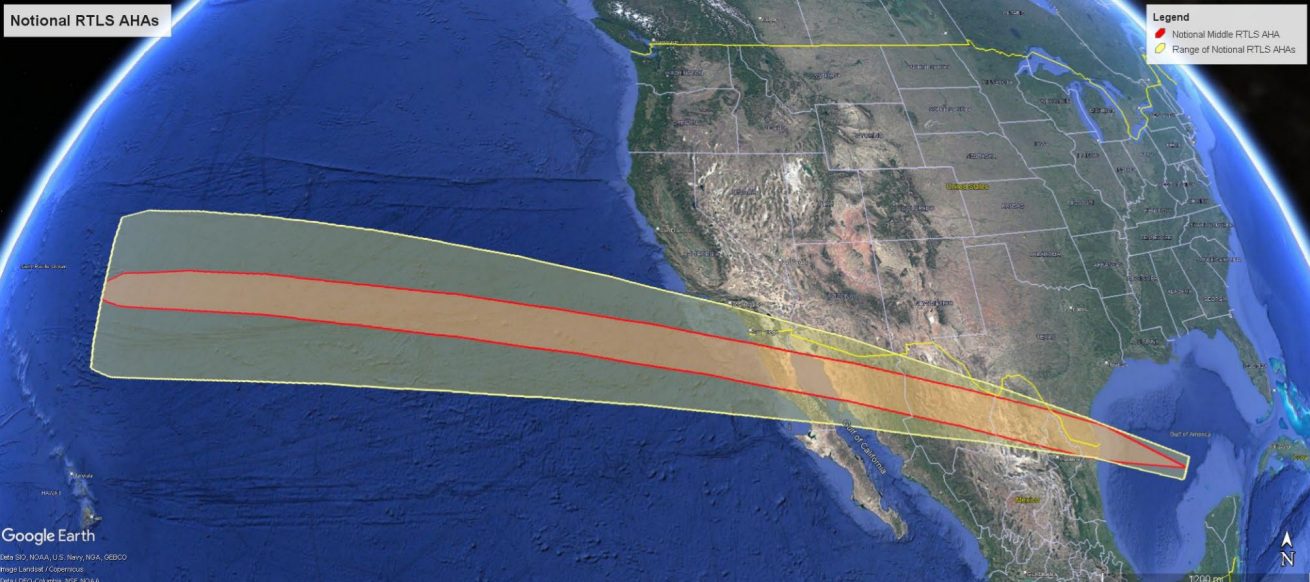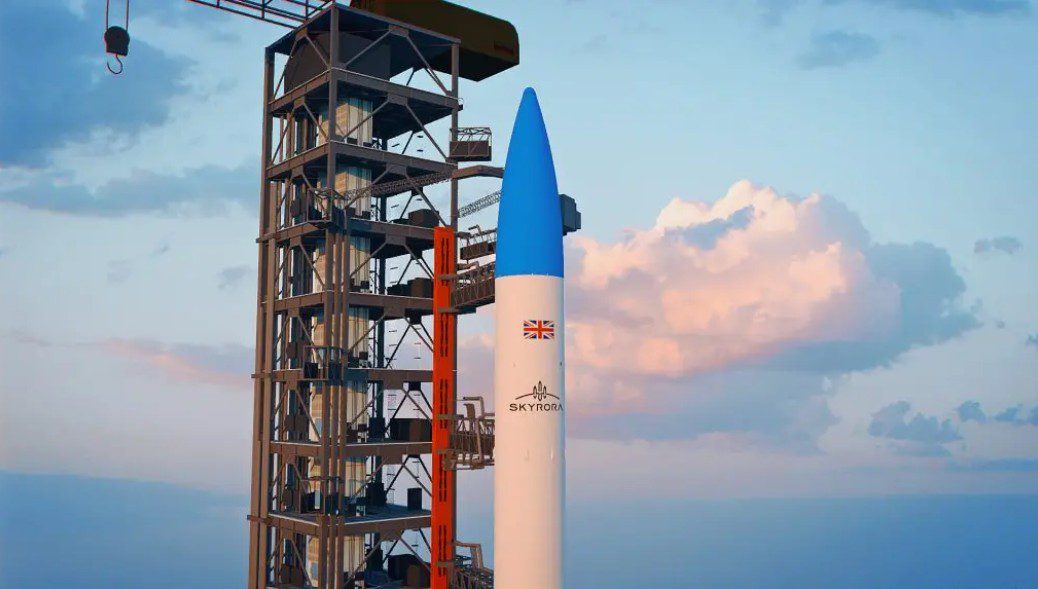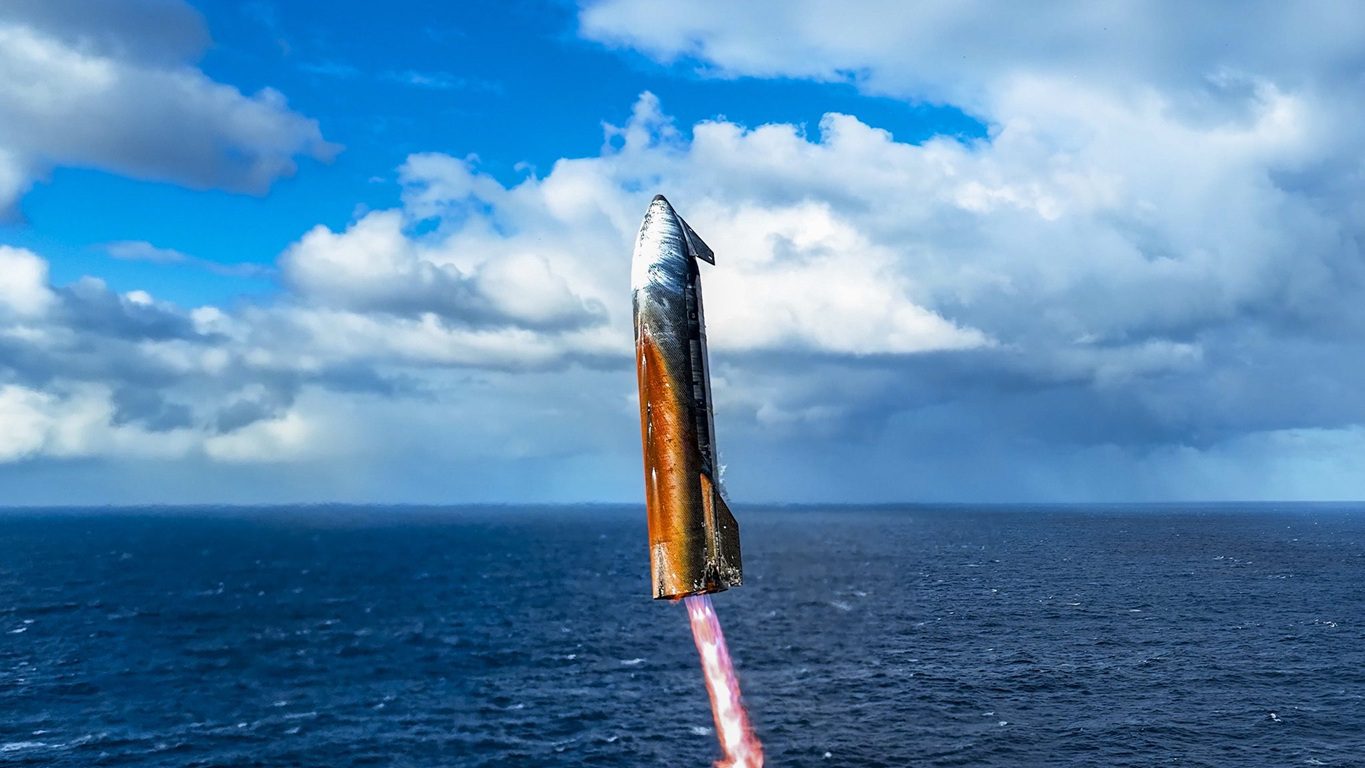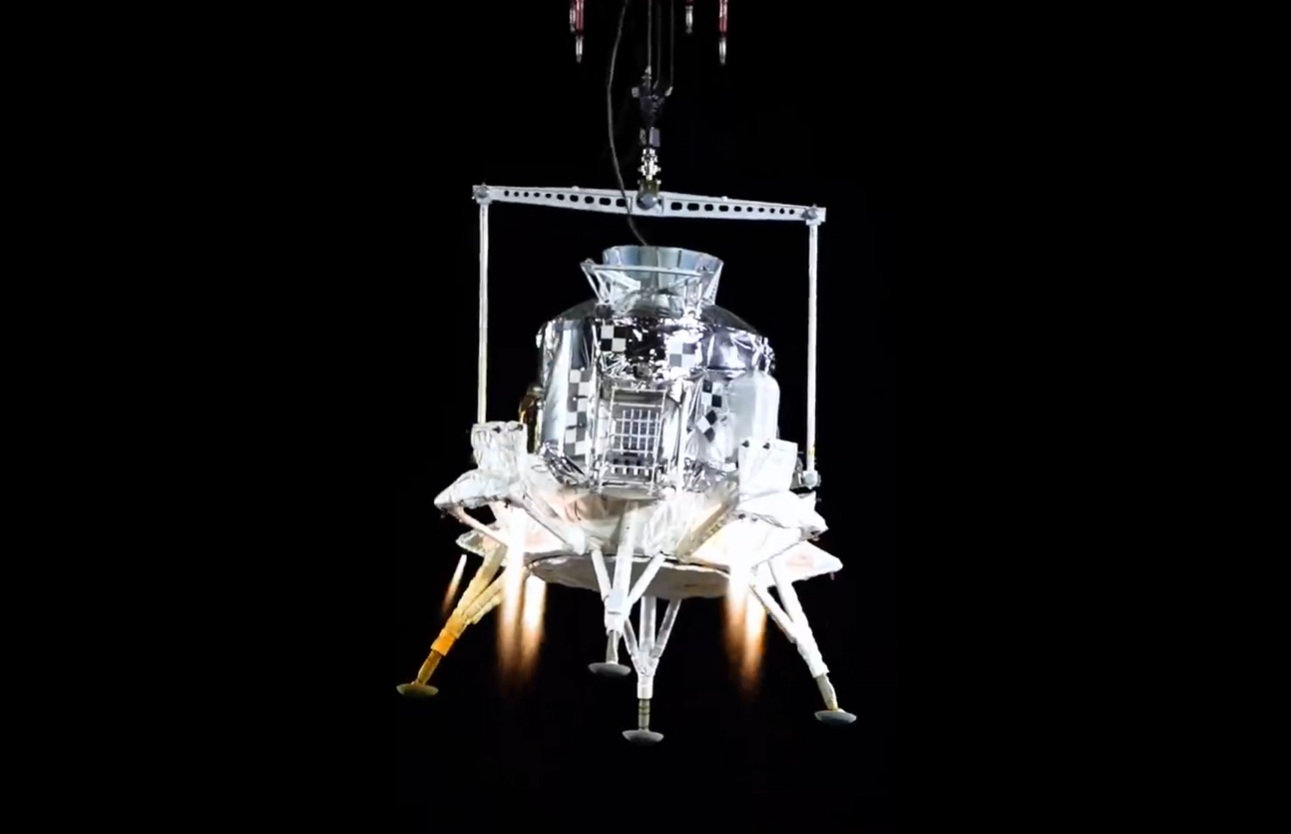Canadian FSS operator Telesat took one of the final steps towards the establishment of its long-planned LEO constellation on 9 February. It announced who it had selected to build its constellation as well as revealing its new name, Telesat Lightspeed. The multi-year competition to select a manufacturer has been won by European constellation mainstay, Thales Alenia Space.
The Lightspeed constellation will consist of 298 satellites arranged in two “orbits”. Its main “inclined” portion will consist of 220 units in 20 planes, at an orbit of 1,325 km. The smaller Polar segment will be populated by 78 spacecraft in six planes at a lower orbit of 1,015 km. This structure is intended to optimise the constellation’s global coverage, enabling it to concentrate capacity in more profitable areas.
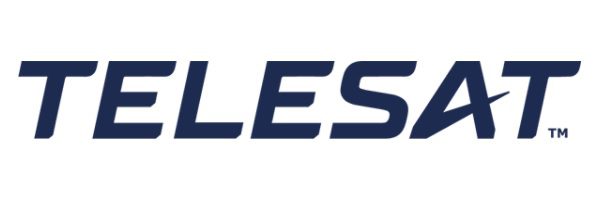
Final confirmation of the contract is reliant upon securing a total of US$3 billion in funding for the constellation. This is expected to be generated through a combination of the company’s cash-in-hand, Canadian/French export-credit agency funding, national frequency rights auctions and the impending Telesat IPO. The total cost of the constellation is expected to be about US$5 billion.



